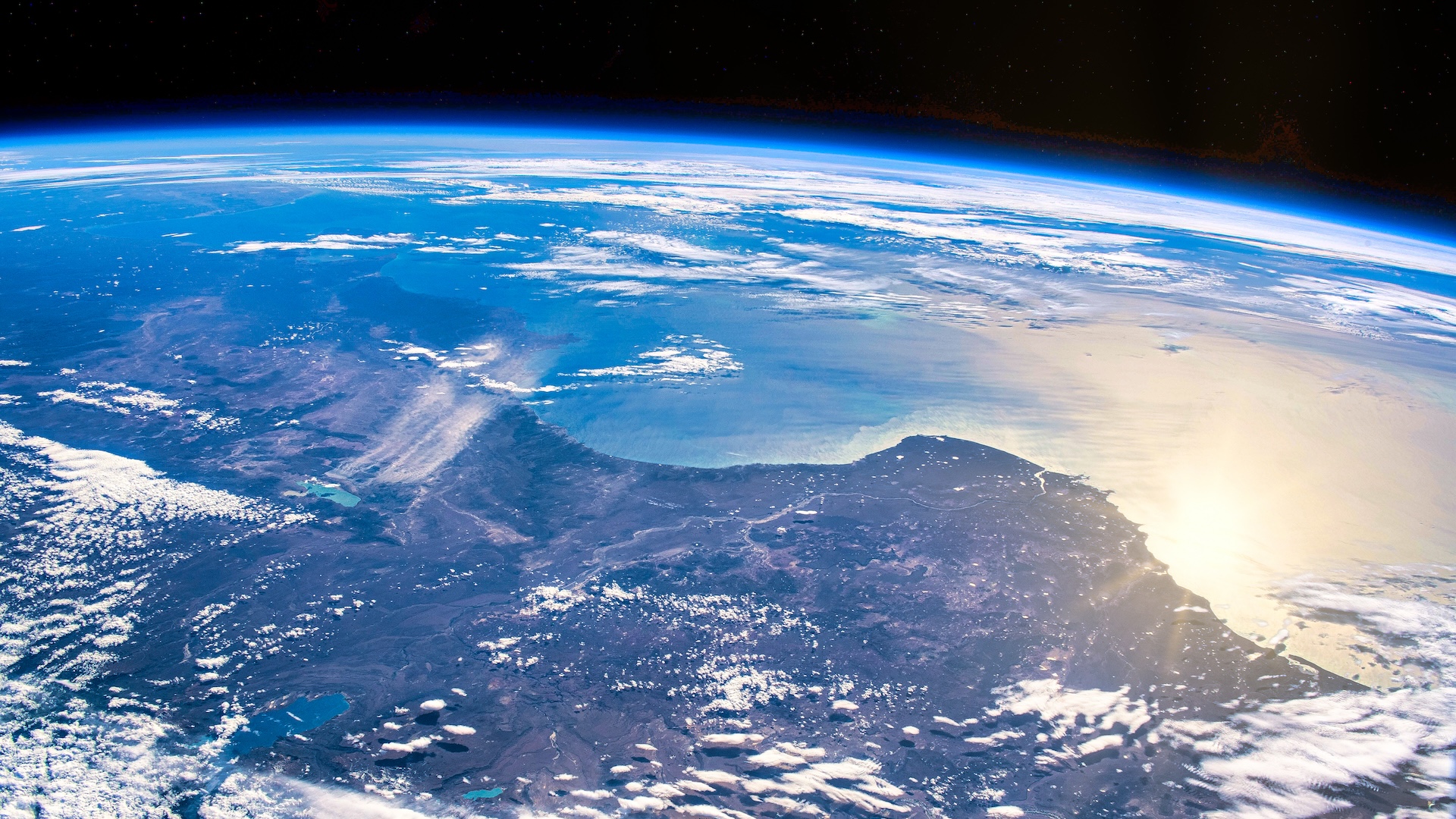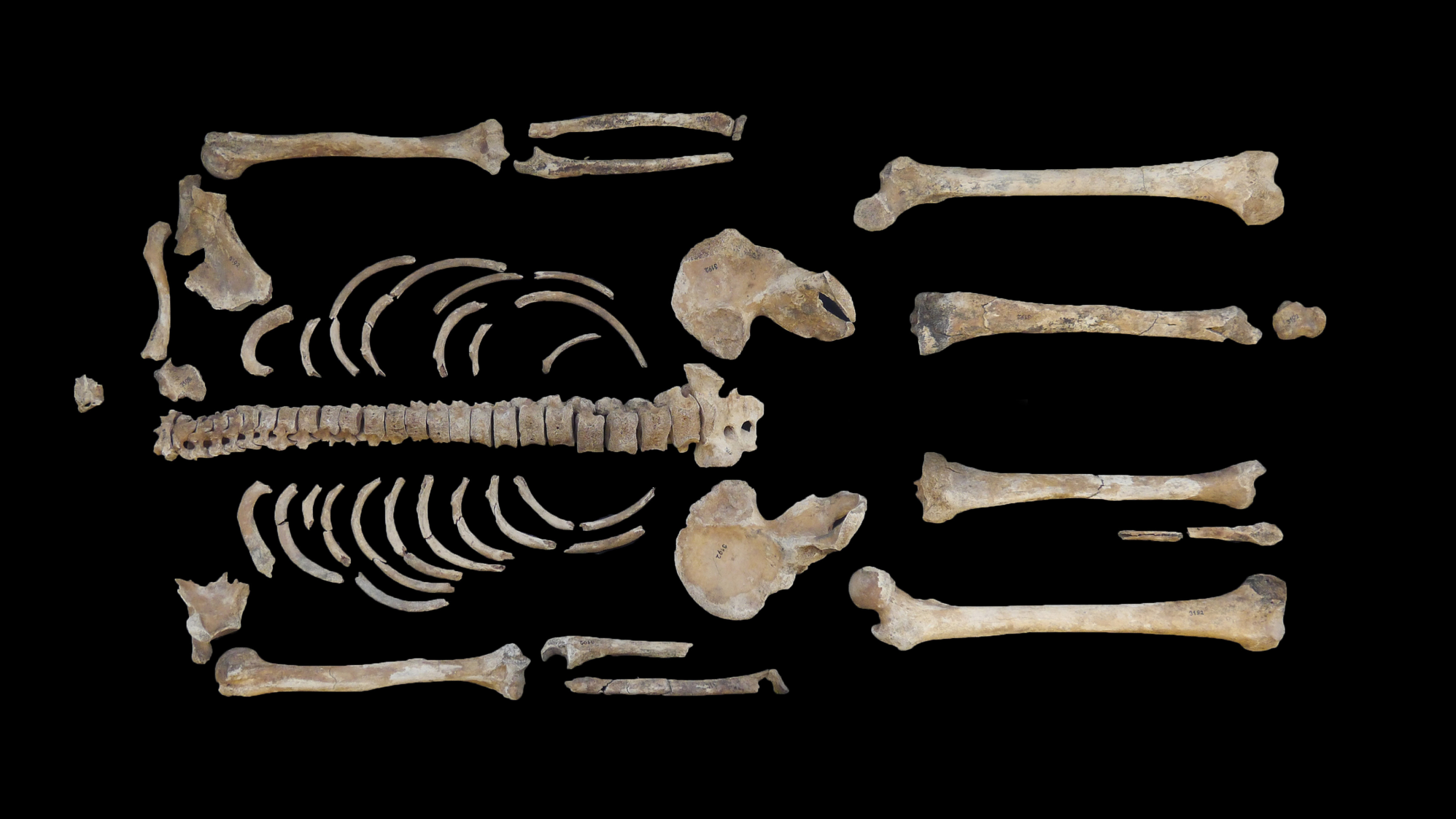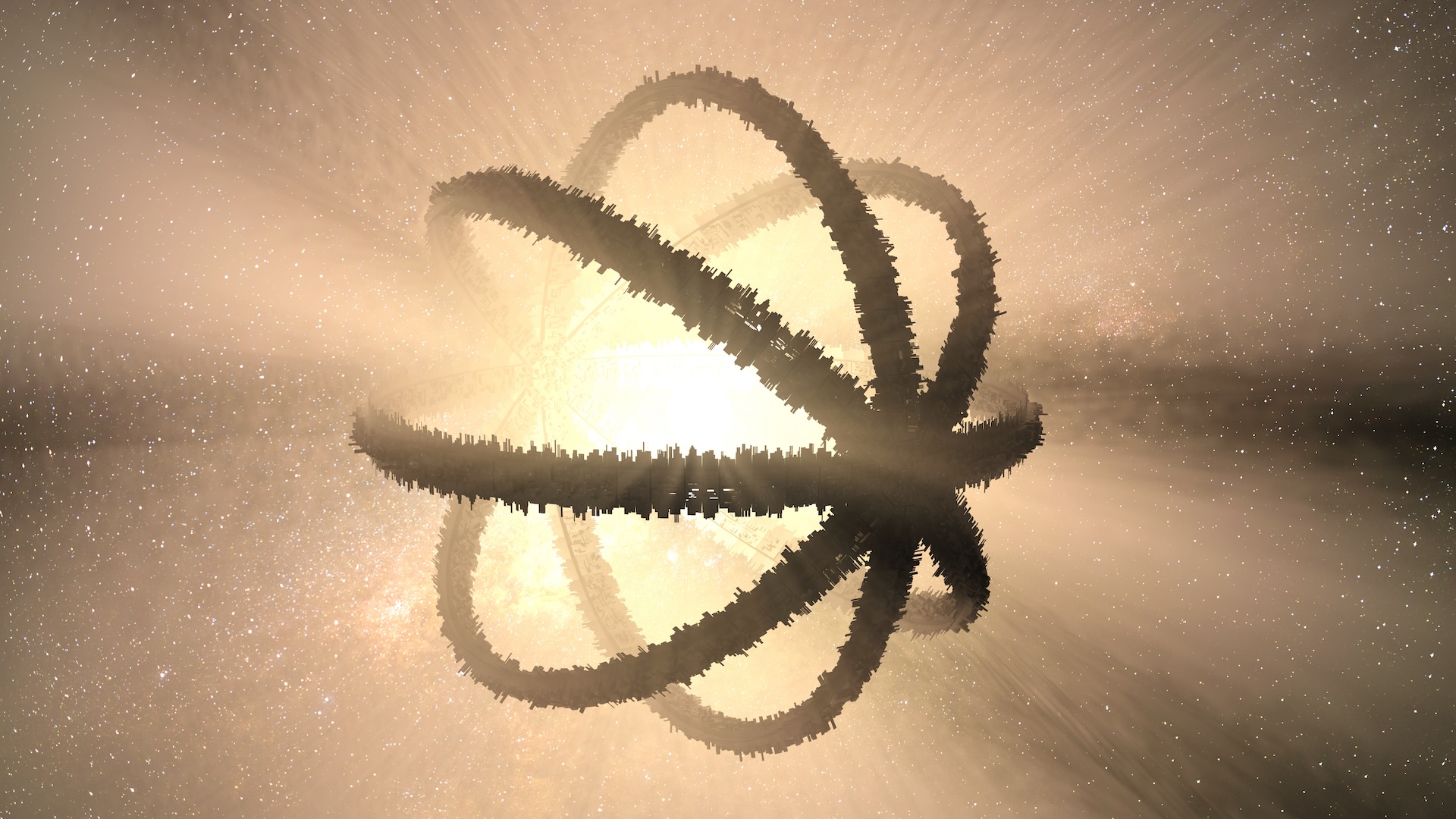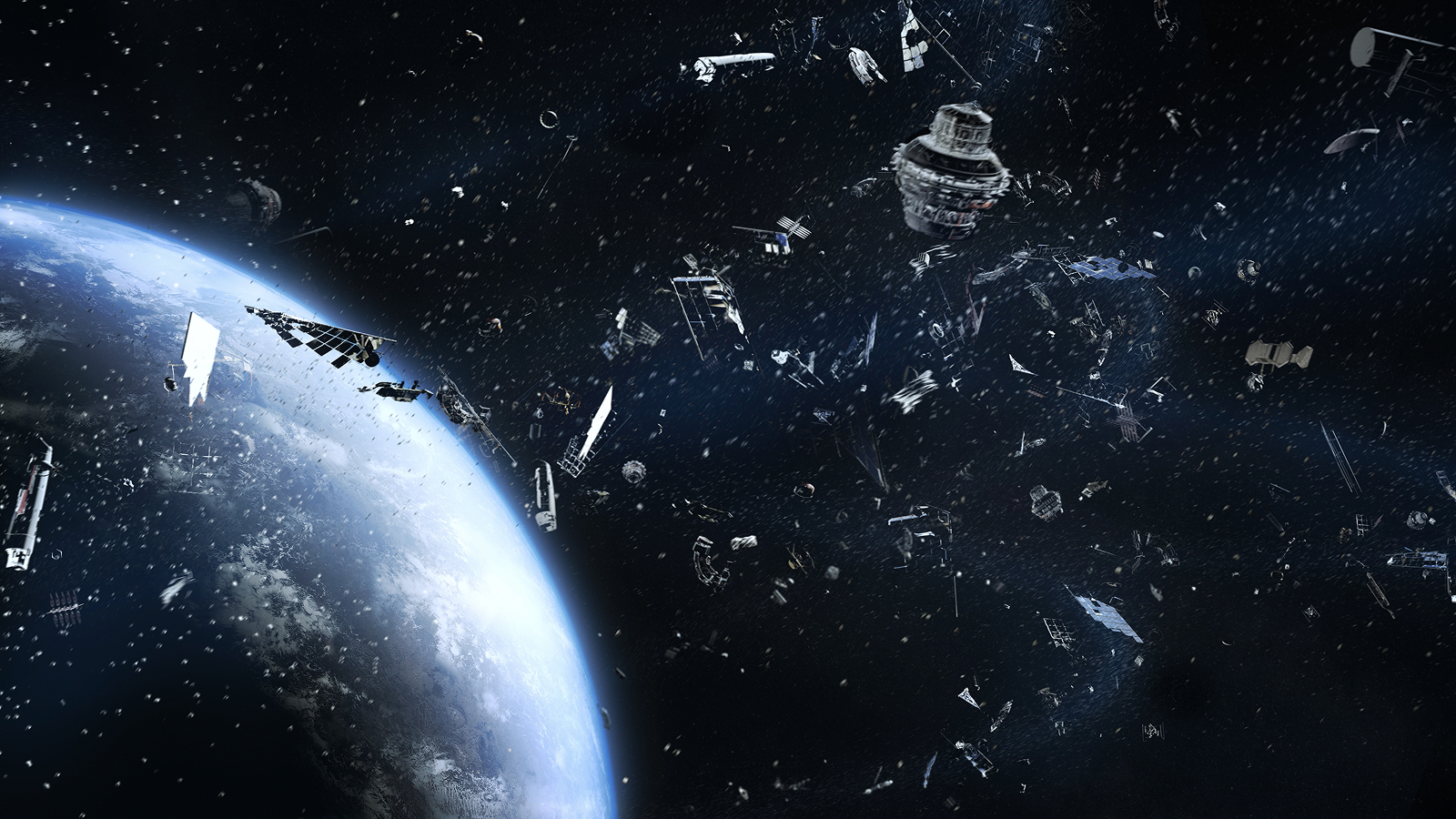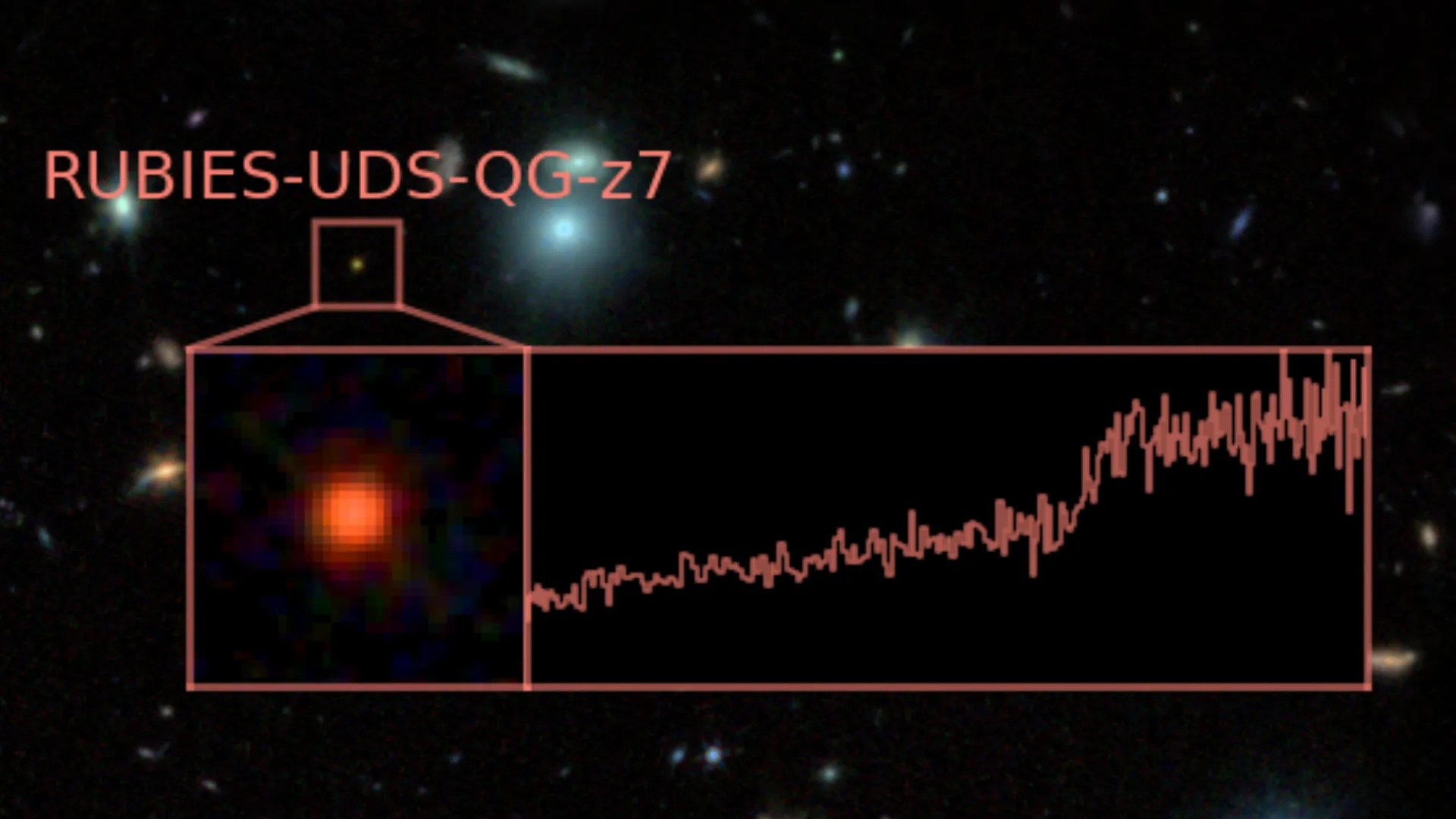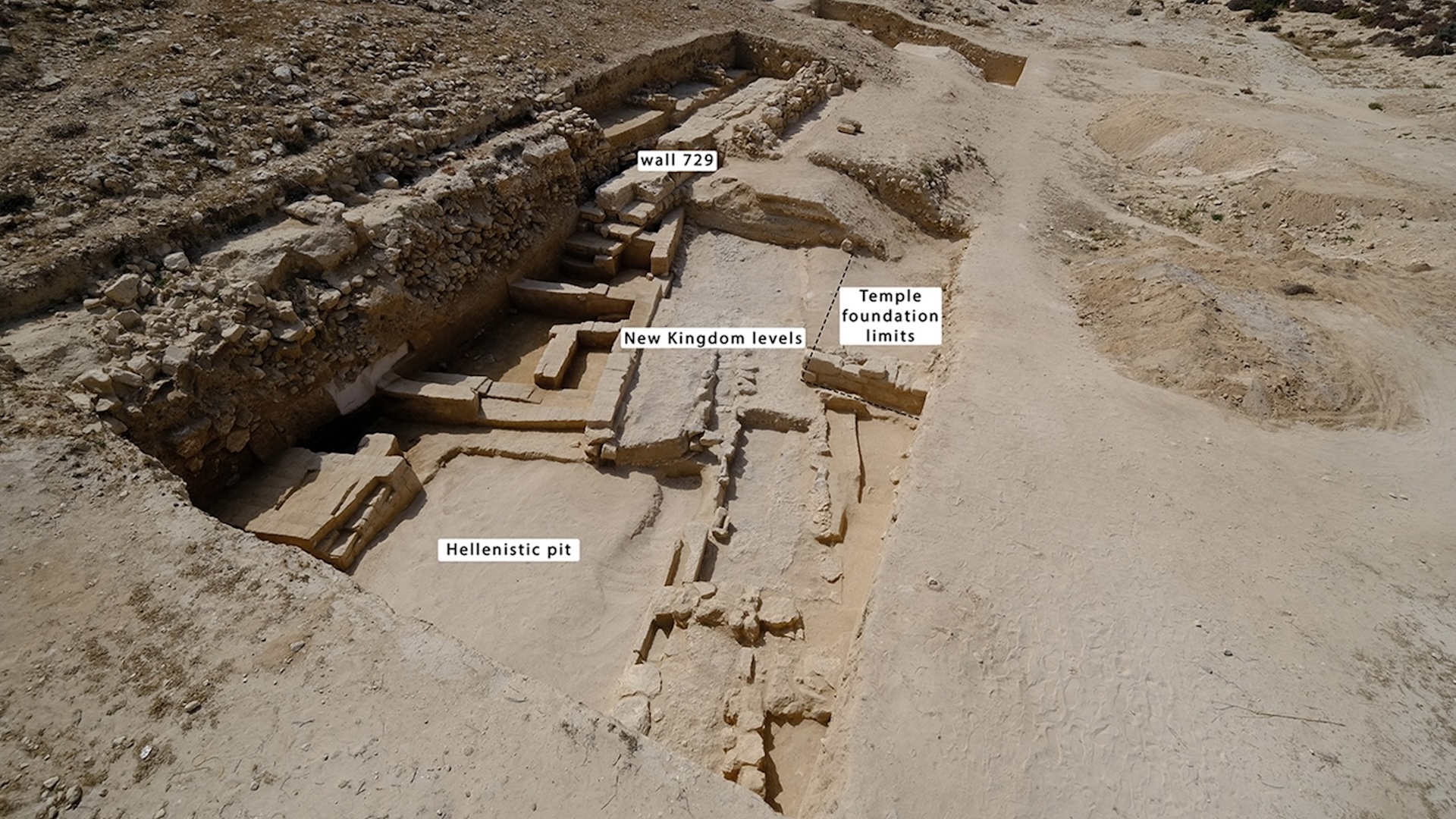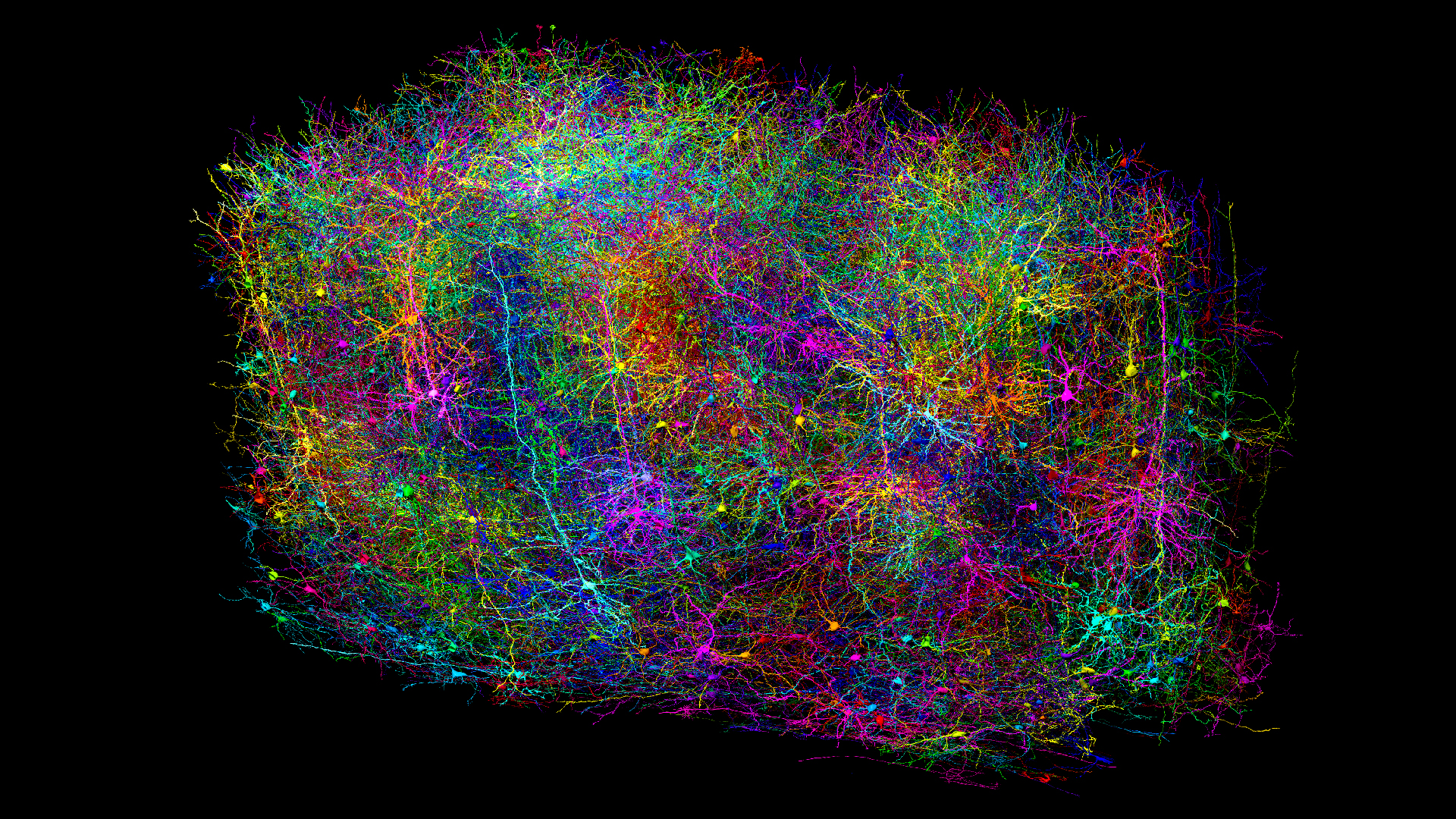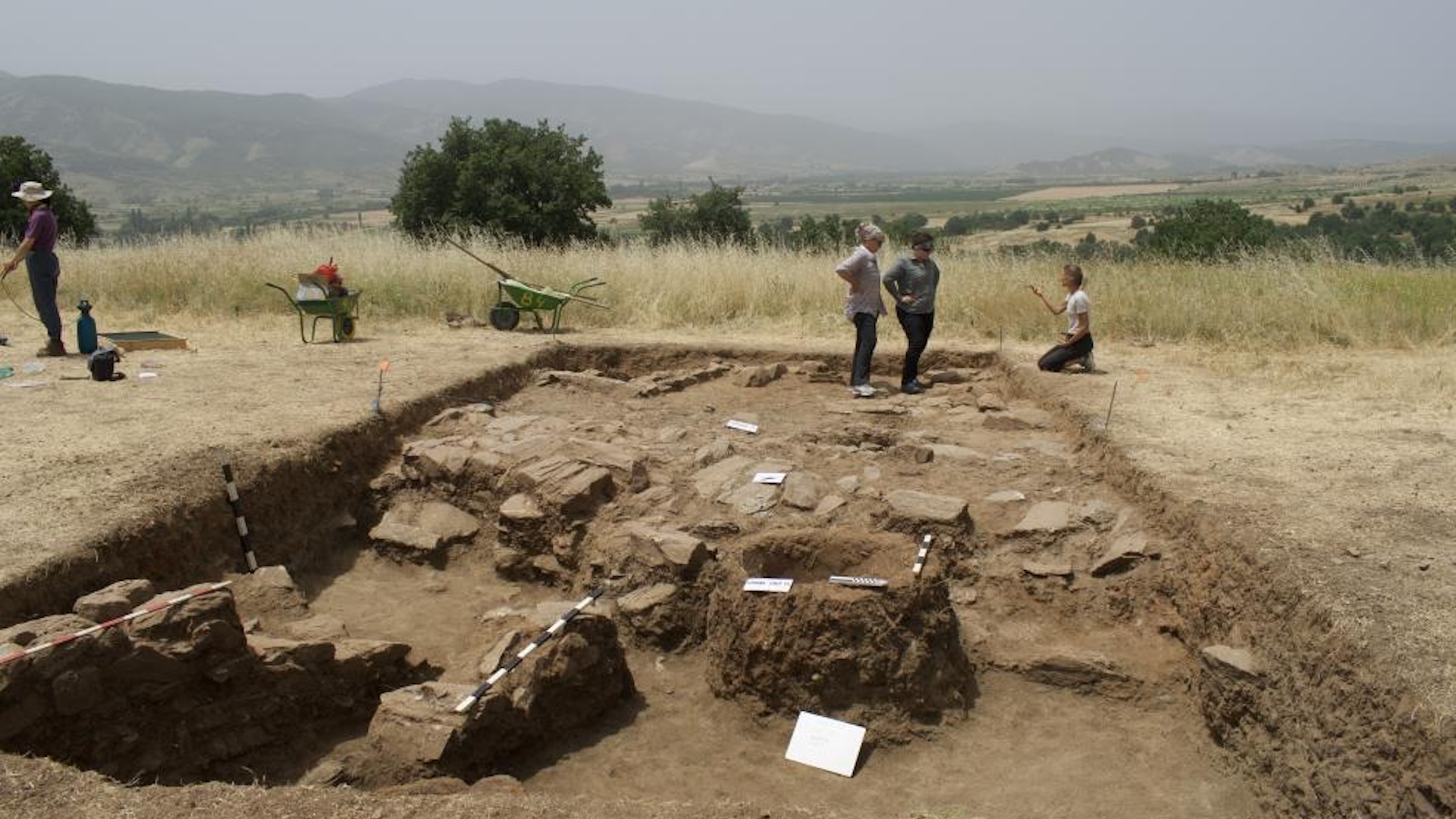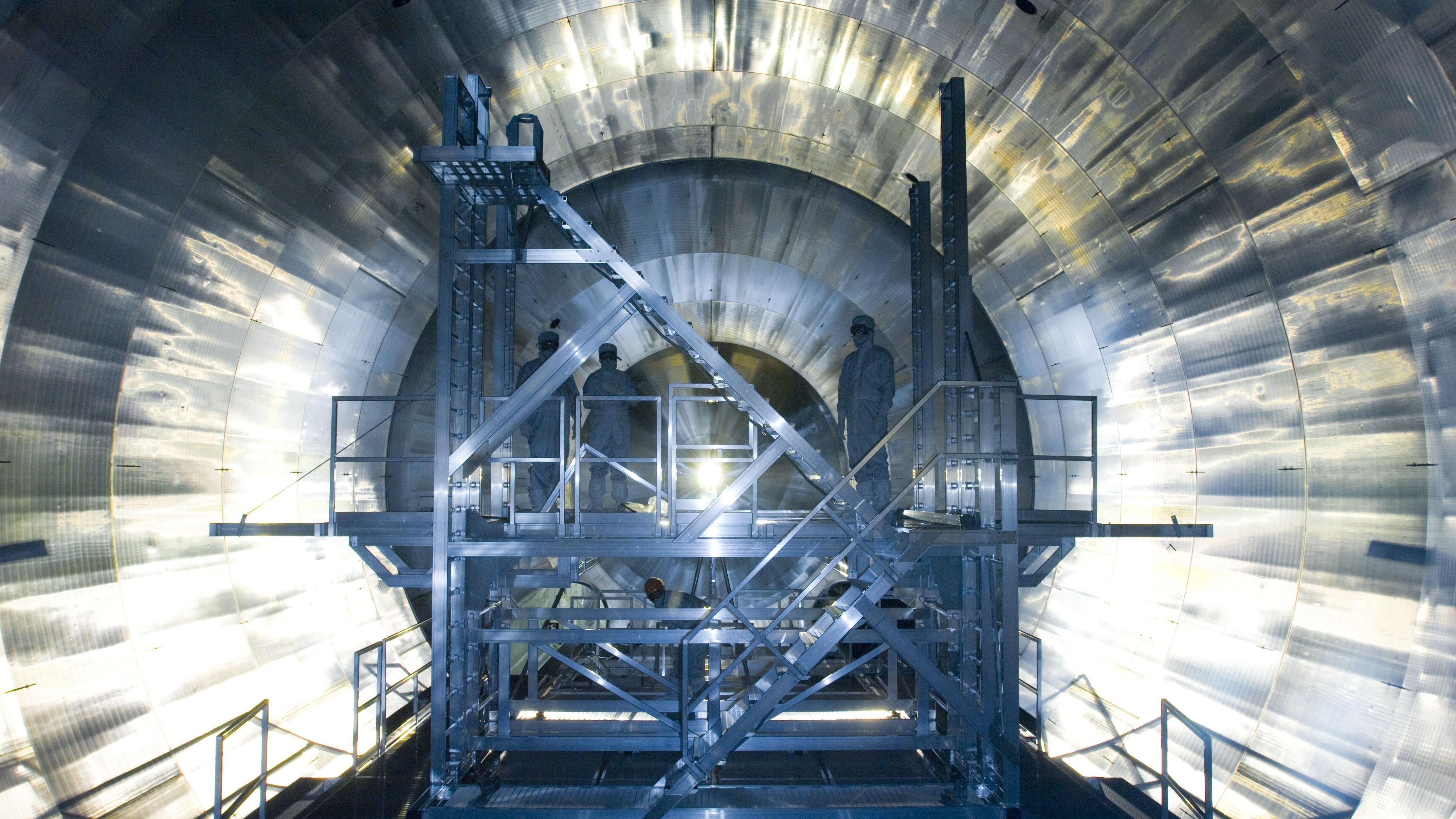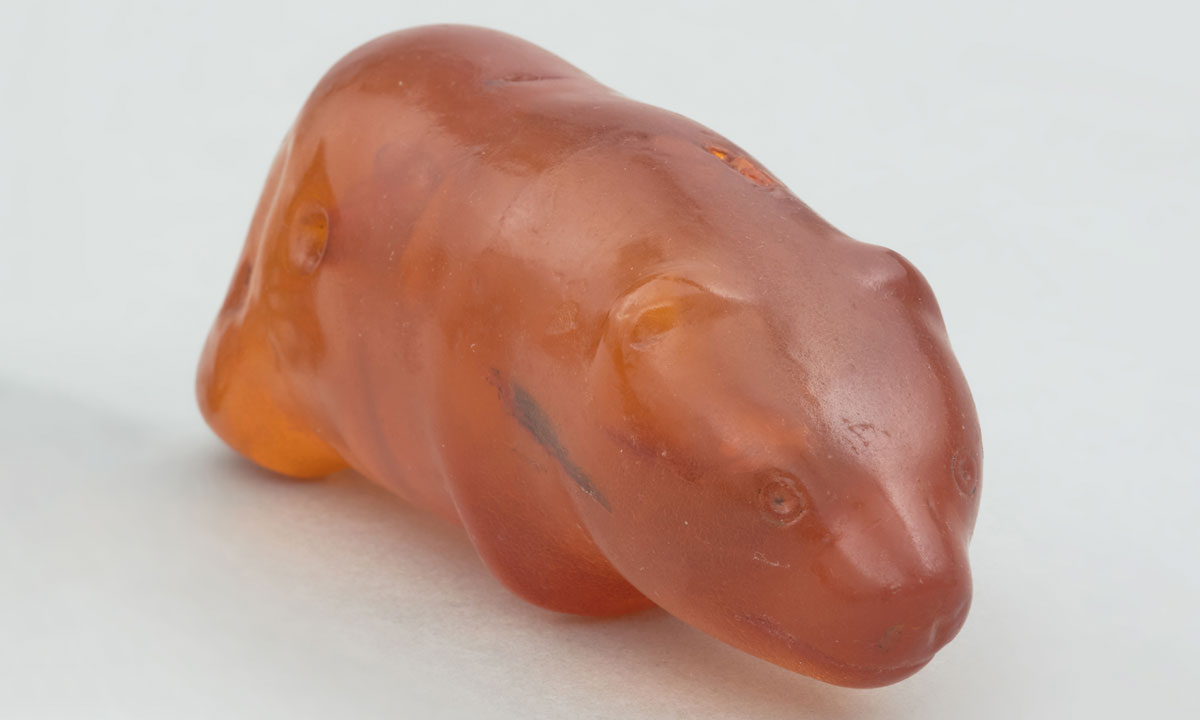NASA just changed the odds of asteroid YR4 hitting Earth in 2032 yet again
NASA increased the chances of asteroid 2024 YR4 hitting Earth to 1 in 32, or 3.1%, on Tuesday, but they're now back down to 1 in 67, or 1.5%.
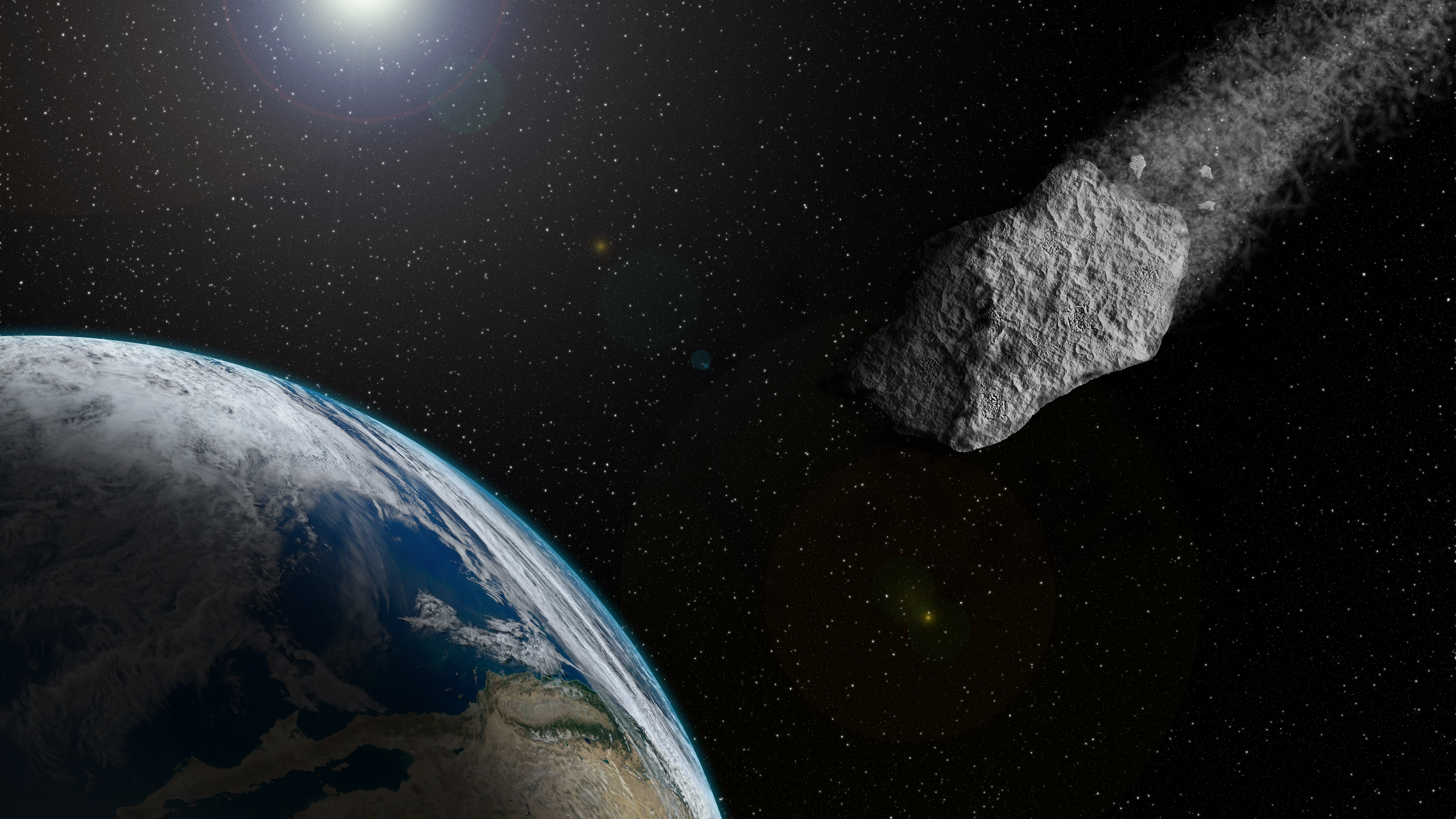
Recent updates
As of Thursday (Feb. 20), NASA decreased the likelihood of asteroid 2024 YR4 hitting Earth in 2032 from 1.5% to 0.28%.
An asteroid big enough to destroy a city is now much less likely to collide with Earth in 2032, according to the latest NASA data.
In recent weeks, NASA had been steadily increasing the likelihood of a strike from asteroid 2024 YR4, with the odds peaking on Tuesday (Feb. 18) at 1 in 32, or a 3.1% chance. However, on Wednesday (Feb. 19), the space agency more than halved the chances to 1.5%.
The odds are likely to change again as astronomers learn more about YR4's trajectory, but they expect the likelihood to end up at 0% once the space rock's trajectory is confirmed.
YR4 has an estimated diameter of around 180 feet (55 meters) — that estimate has been fluctuating a bit, but the asteroid is about as wide as the leaning tower of Pisa is tall. YR4 has the potential to release around 8 megatons of energy in the event of a strike — upwards of 500 times more energy than the atomic bomb that destroyed Hiroshima in Japan. This means it's big enough to wipe out a major city but too small to end human civilization.
There's a tiny chance that YR4 will hit the moon instead of Earth, but it will almost certainly sail harmlessly past both when it makes its closest approach to Earth in 2032.
The Asteroid Terrestrial-impact Last Alert System (ATLAS) telescope in Chile recorded asteroid 2024 YR4 on Dec. 27, 2024, according to the NASA Center for Near Earth Object Studies. By January, scientists had determined that YR4 had a more than 1% chance of hitting Earth and thus warranted further attention from scientists.
Sign up for the Live Science daily newsletter now
Get the world’s most fascinating discoveries delivered straight to your inbox.
With odds above 1%, YR4 also reached level 3 on the Torino Impact Hazard Scale. The scale enables scientists to categorize the risk posed by space rocks. Level 3 is reserved for asteroids and comets capable of localized destruction, but that are expected to be later reassigned to level 0 — meaning they pose no threat — once astronomers confirm they won't hit Earth.
An international team of scientists has been granted emergency use of the James Webb Space Telescope, humanity's most powerful space telescope, to further assess YR4's risk. As more observations come in over the next few months, astronomers should become more confident that YR4 poses no threat to Earth, and we will see the threat level drop to zero.

Patrick Pester is the trending news writer at Live Science. His work has appeared on other science websites, such as BBC Science Focus and Scientific American. Patrick retrained as a journalist after spending his early career working in zoos and wildlife conservation. He was awarded the Master's Excellence Scholarship to study at Cardiff University where he completed a master's degree in international journalism. He also has a second master's degree in biodiversity, evolution and conservation in action from Middlesex University London. When he isn't writing news, Patrick investigates the sale of human remains.
You must confirm your public display name before commenting
Please logout and then login again, you will then be prompted to enter your display name.
